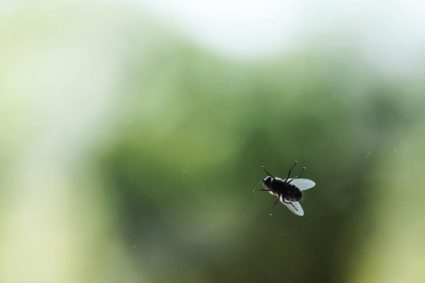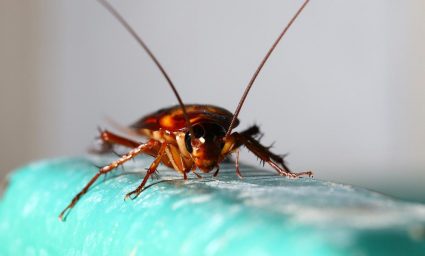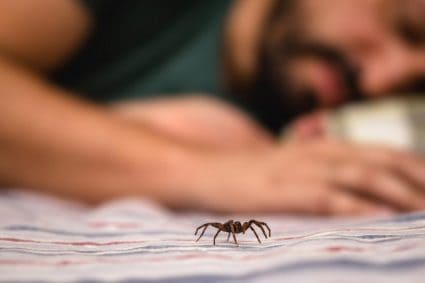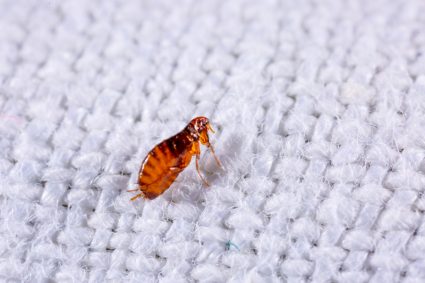
Carpenter ants are a common household pest that can cause significant structural damage to your home if left unchecked. But why are these ants attracted to your home, and how can you prevent them from infesting your house? This comprehensive guide aims to answer these questions and more, providing detailed insights and practical solutions to help you tackle carpenter ant infestations.
Carpenter ants are attracted to your house due to moisture problems, access to food, and nearby outdoor nests. Leaky pipes, roof leaks, or drainage issues can lead to water-damaged or wet wood, which attracts these ants. They also feed on a variety of food, particularly sweets and meats. If there is a carpenter ant colony near your home, such as in a tree, stump, or woodpile, ants may infiltrate your house.
What are Carpenter Ants?
Carpenter ants are one of the largest ant species, with workers measuring between 1/4 to 1/2 inch in length. They can be black or bicolored red and black, and they have a heart-shaped head, elbowed antennae, and a single-segmented waist. Unlike termites, carpenter ants do not eat wood. Instead, they burrow into it to create a network of tunnels or galleries for their nests, leaving behind a distinctive sawdust-like debris known as frass.
Why Are Carpenter Ants in My House?
Carpenter ants are attracted to your home for various reasons:
- Moisture problems: Leaky pipes, roof leaks, or drainage issues can lead to water-damaged or wet wood, which attracts carpenter ants.
- Access to food: These ants feed on a variety of food, particularly sweets and meats. If they find these food sources in your home, they may establish a colony.
- Nearby outdoor nests: If there is a carpenter ant colony near your home, such as in a tree, stump, or woodpile, ants may infiltrate your house.
Signs of a Carpenter Ant Infestation
Carpenter ant infestations can be identified through several signs:
- Seeing live carpenter ants: These ants are larger than typical home-invading ants.
- Presence of winged males: The appearance of winged males inside your home is a strong indication of an infestation.
- Rustling sounds: You may hear rustling sounds coming from wall voids or wood where the nest is located.
- Small openings on wood surfaces: Carpenter ants create small openings on the surface of wood to expel debris.
- Accumulation of debris: The presence of debris below the small openings on wood surfaces is a good indication of an active infestation.
Preventing Carpenter Ant Infestations
To prevent carpenter ants from infesting your home, consider the following steps:
- Fix moisture problems: Repair any leaks and eliminate standing water on your property.
- Remove decaying wood: Inspect your home for decaying wood and replace it as needed.
- Maintain cleanliness: Keep your home clean, especially in eating areas, to eliminate food sources for ants.
- Trim vegetation: Cut back tree limbs and bushes near your home to reduce shade and prevent moisture buildup.
- Store firewood away from your home: Carpenter ants are attracted to firewood, so keep it off the ground and away from your house.
Dealing with Carpenter Ant Infestations
If you suspect a carpenter ant infestation, it is best to consult a licensed pest control professional who can help locate the nest and create a plan to eliminate the ants. They have access to professional-grade insecticides and the experience to safely and effectively address your ant problem.
In conclusion, understanding why carpenter ants are attracted to your house and the signs of an infestation can help you prevent and deal with these pests. Regular home maintenance, cleanliness, and professional pest control when needed are key to keeping your home carpenter ant-free.
Frequently Asked Questions
How can I identify carpenter ants from other types of ants?
Carpenter ants are one of the largest ant species. Worker ants typically measure between 1/4 to 1/2 inch in length. They can be black or bicolored red and black, and have a heart-shaped head, elbowed antennae, and a single-segmented waist. Also, they leave behind a distinctive sawdust-like debris known as frass.
Can carpenter ants cause harm to humans?
Carpenter ants do not pose a direct threat to humans in terms of physical harm. They do not carry diseases nor are they known to bite people. However, they can cause significant structural damage to your home by burrowing into wood to create their nests.
Do all carpenter ants have wings?
No, not all carpenter ants have wings. Winged carpenter ants are males, also known as swarmers, which emerge during the mating season. If you see winged ants inside your home, it is a strong indication of an infestation.
How long does it take for a carpenter ant infestation to cause significant damage?
The damage caused by a carpenter ant infestation depends on the size of the colony and the length of time they’ve been active. A large, mature colony can cause significant damage over a period of months or years. However, it’s important to note that the longer an infestation goes untreated, the more extensive the damage will be.
Can I treat a carpenter ant infestation myself?
While there are DIY treatment options available, it’s highly recommended to consult a licensed pest control professional if you suspect a carpenter ant infestation. They have access to professional-grade insecticides and the experience to safely and effectively locate the nest and eliminate the ants.











